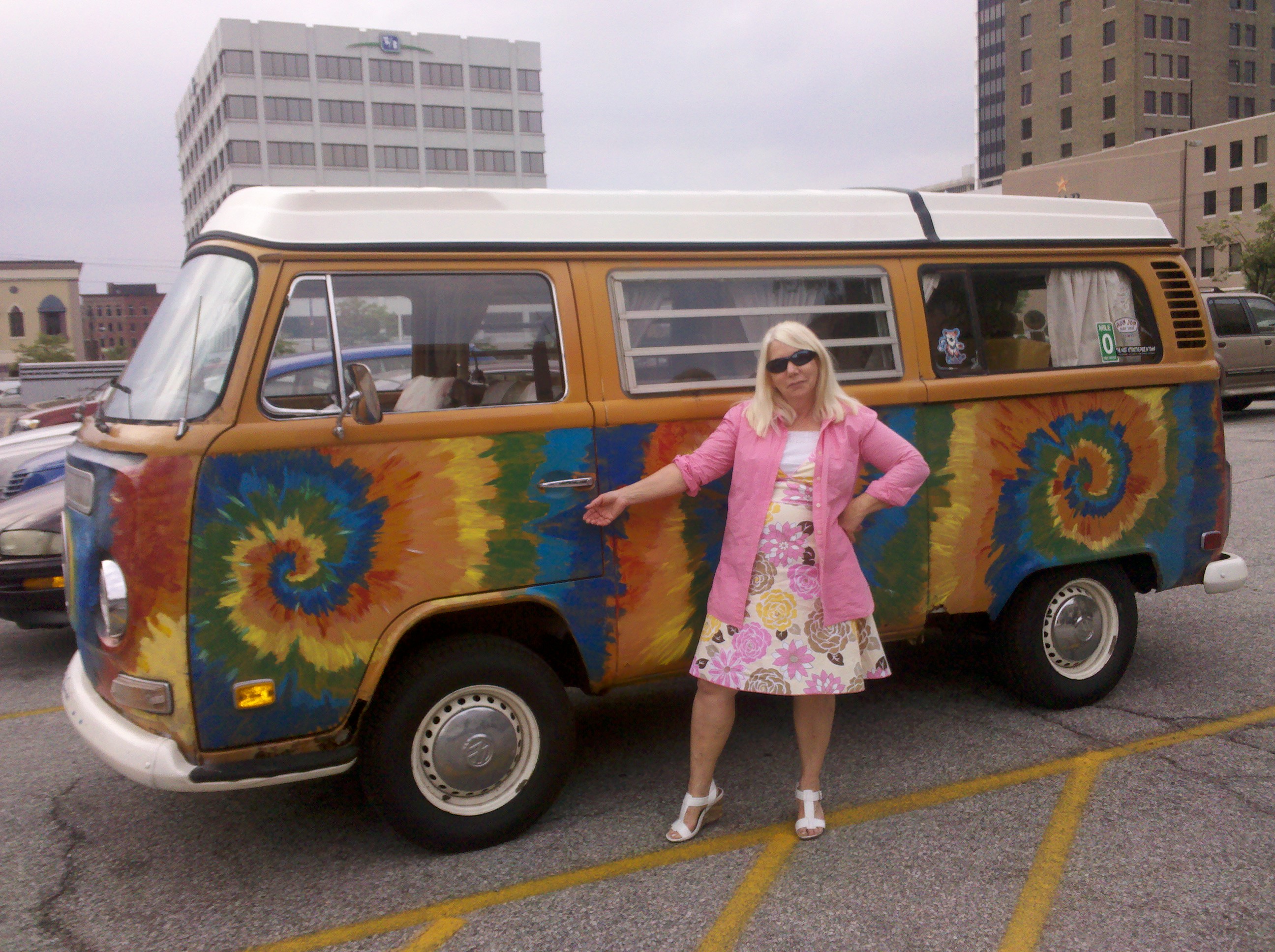
by Scott Howard | Mar 19, 2017 | Marketing and Advertising Insights, ScLoHo's Collective Wisdom, WOWO Fort Wayne Radio Advertising with Scott Howard
I have been reading a series from Mediapost, What We’ve Learned About Marketing To Baby Boomers and this month they published part 3.
Why do I care?
First off, I’ve been studying marketing and advertising for 3 decades.
2nd, the radio station I work for WOWO, has a huge Baby Boomer audience and I want to make sure my advertising partners are doing their best to get a return on their investment with me and other advertising they are doing.
And my wife and I are Baby Boomers too.
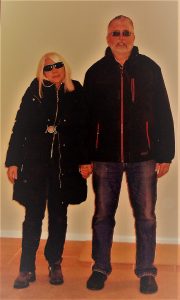
Me & the Mrs. I’m the taller one!
Why should you care?
Unless you are in the generation that you are marketing your business to, you may not be tuned in to the most effective methods that resonate with the people you want to invite to do business with you.
My kids are adults, which I find kinda weird because I remember when I was their age and it doesn’t seem that long ago.
Anyway, I work with people who are half my age, I have friends who are nearly 20 years older than me and others that are 30 years younger. It is important to have an understanding of the differences and how you not only interact but market your business to these different groups of people.
The article from Mediapost has 7 observations. This one has direct application to what I do on the radio:
Gender tends to predispose responses to voice-overs in broadcast advertising
For example, research tells us that male voices are more knowledgeable when describing technical attributes of a product, while female voices are more knowledgeable when describing a product with references to love, relationships, and caring.
Take a moment and read the other 6 and see how you can apply them to your business.
by Scott Howard | Jan 17, 2017 | Marketing and Advertising Insights, ScLoHo's Collective Wisdom, ScLoHo's Web World, The Not-So-Secret Writings of ScLoHo
Years ago, a friend of mine named Anthony gave a presentation on the power of Word of Mouth via Facebook.
It opened a lot of eyes.
Businesses that were looking to advertise and get more customers started to rethink the way they were doing things with traditional advertising methods like radio, television, newspapers and magazines, even phone books and billboards .
It also frightened some in the advertising world, thinking that they were about to lose their jobs if traditional advertising was going to disappear in favor of Social Media.
Fast forward a dozen years or so and social media is not new media anymore, it’s a standard marketing option that many have grown up with. Yet there are still some unanswered questions pertaining to How Does Social Media Fit in Marketing Your Business? 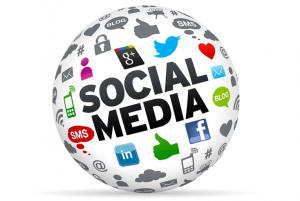
Before I answer, my own credentials: over 20 years working in traditional media including primarily radio but also print and online. I served on the local American Advertising Federation Board and got to know the strengths of nearly any media along with their vulnerabilities. I also worked full time in website development and ran the social media marketing for a $50 million international e-Commerce company.
So I’ve seen a bunch and experienced a bunch.
The example that Anthony shared years ago was a friend asking on her Facebook page for recommendations for a new dentist. She had a couple dozen Facebook friends chime in with recommendations and a few warnings about dentists that they did not like.
There was nothing special about this except it was now happening online instead of in person. Social Media simply gave anyone with access to the internet the ability to engage in two way communication online instead of just over the phone or in person. Word of Mouth now had an additional platform.
Businesses wanted to figure out how to reach people looking for them on social media and although it has evolved over the years, advertising on sites like Facebook have been around for quite some time.
Facebook continues to change the algorithms that determine what you and I see when we are looking at our newsfeed. They made a big change when I was working fulltime in Social Media that shrunk the number of people reached organically with our posts by 75%. Why did Facebook do this? To make money. Piles and piles of money.
I quickly discovered that I could reach even more people on Facebook by paying for the post to be boosted and it worked. Facebook continues to refine the advertising options and there will never be an ideal formula… count on the changes to continue forever.
But while there is a distinct difference in organic Word Of Mouth marketing and Advertising of sites like Facebook, consumers don’t usually grasp the differences.
MarketingCharts.com released a study with statistics showing that 40% of people have bought something they saw on social media. It also said 2/3rd of adults use social media every week. What they cannot measure is the true power of a particular trigger factor that prompted an individual to spend money. That has always been the case, even before the internet.
Now I sometimes will use the tools that I have to show my advertising partners what we can measure online, but I always use the disclaimer that the numbers are only part of the story.
Should you and your business use social media to market your business?
My answer is nearly always yes.
Why? It’s because that is where your customers are.
Should you only use social media?
Probably not, it is limiting just like any other marketing you are thinking of.
But please don’t just act on these blanket statements as the gospel for how to successfully market your business.
You need an individual assessment, and that’s where I come in.
Contact me for details.
by Scott Howard | Jan 9, 2017 | Marketing and Advertising Insights, ScLoHo's Collective Wisdom
A couple of tidbits of information that applies to the listeners of my radio station, WOWO, in Fort Wayne, Indiana.
For the past 20 years WOWO has been a news/talk radio station, (out of 90+ years on the air.)
Last month we received results from the rating service we subscribe to and again WOWO dominates with one of the largest audiences in our city. Even more impressive was the number of adults who listen.
I like to call them grown ups because once you reach a certain age you start doing grown up things like buy a house, start having kids, and buying important stuff. There’s lot’s of important stuff to buy once you are a grown up.
One tidbit of information has to do with the format of WOWO, News/Talk. 2016 was a huge year for political news with the election, and now as we move through the first couple of years of the Trump adminstration, there is no slowing down in sight. Nationally the News/Talk radio format was the most listened to in 2016 and the experts predict it will continue.
While it’s nice to have some industry insiders proclaim that, I knew that and you probably did too if you gave it a couple moments thought.
The other tidbit of information I have gathered merges two sources. When I dig into the radio rating information specifically for WOWO, I continue to see a huge number of listeners who are around the Baby Boomer generation.
To give you an idea of what Baby Boomers look like: Michelle Obama is a “young” Boomer, born in 1964 and Hillary Clinton at age 69 is at the other end of the Boomer generation.
Mediapost published this insight on Boomers which applies to most WOWO radio listeners:
What We’ve Learned About Marketing To Baby Boomers by Jim Gilmartin
Our Understanding of the Baby Boomer Consumer
Mark Twain wrote, “The problem isn’t the things that we don’t know; it’s the things we ‘know’ that ain’t so.” His comment is simply a reflection of a common-sense reality. Today, marketing and selling draw on a lot of things “we ‘know’ that ain’t so.”
For instance: Marketers once “knew” (and many still do) that people 50 and older rarely change brands. Everybody “knew” that once consumers settled in on a brand or a company, they became more resistant to switching to another brand or business as they got older. Research shows that to be wrong. We also learned that consumer behavior is pertinent to the subtleties of marketing, advertising, and sales practices. Here is some of what we’ve learned.
1. As we age, our individualism increases
Baby Boomers are less subject to peer influence than are younger consumers.
Marketing Implication: Keeping up with the Joneses is not as important as it once was; thus, advertising that invokes social status benefits does not play as well in Baby Boomer markets as it does in younger ones. Largely freed from worrying about reactions of others, Baby Boomers tend toward greater practicality in buying decisions than younger consumers.
2. We develop an Increased demand for facts
Baby Boomers tend to be less responsive to sweeping claims in marketing messages as they age.
Marketing Implication: Hyperbole turns them off. If Baby Boomers are interested in considering a purchase, they want unadorned facts. Years of buying equip them with knowledge of what to look for and what information they need for an intelligent purchase. However, they often don’t get to the point of asking for facts until a product has emotionally intrigued them.
3. Our response to emotional stimuli increases
Baby Boomers tend to be quicker than younger consumers to reflect a lack of interest in or negative reaction to an offered product that doesn’t make an emotional connection.
Marketing Implication: Such “first impressions” are more likely to be permanent than among younger people, who are more apt to give a marketer a second chance. On the other hand, you can embed a positive first impression especially deep in the emotions of the Baby Boomer — so much so that he or she is often more disposed to be a loyal customer than the younger consumer.
4. We become less self-oriented, more altruistic
Baby Boomers tend to show increased response to marketing appeals reflecting altruistic values.
Marketing Implication: This tracks with shared middle-age shifts toward stronger spiritual values in which concern for others increases. As their altruistic motivations grow and become more powerful, narcissistic and materialistic values wane in influence. Marketers to Baby Boomers must rethink their traditional egocentric appeals in marketing communications.
5. As we age, we spend more time in making purchase decisions
People experience changes in their perceptions of time, and also the meaning and role of time in their lives as they grow older.
Marketing Implication: For example, Baby Boomers often ignore time-urgency strategies in marketing — such as: “Offer good until —,” “Only three left in stock.” Generally, “time is not of the essence” is a common attitude among Baby Boomers, especially those who have retired.
6. We often project what seems to be contradictory behavior
Sometimes we characterize Baby Boomers as selfish and selfless, penurious and profligate, spontaneous and deliberate, and so on. These different attributes lead some to describe Baby Boomers as contradictory — or at least, confusing in their behavior.
Marketing Implication: Baby Boomers are not different in their conduct; they are sensitive to the context in their behavior. For example, a Baby Boomer may use coupons in a grocery store, after which she drives off in a Mercedes.
This activity is not evidence of conflicting behavior, but an example of the rules of thriftiness applied to basics, and the rules of full value applied to discretionary expenditures. In the first case, the price is the common denominator in consumers’ interest, in the second, there is no common denominator because each person calculates the whole value in a unique manner.
Want to know more? Let’s talk.
by Scott Howard | Jan 5, 2017 | Marketing and Advertising Insights, ScLoHo's Collective Wisdom, ScLoHo's Web World
The other day I shared an article that urged you to consider how customer focused you and your business are.
Today, a deeper dig into some specifics. 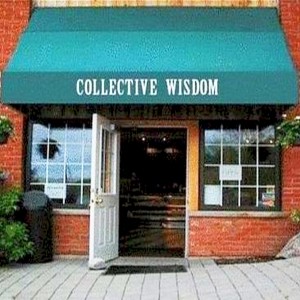
This great insight from Laurie Petersen arrived in my inbox from Mediapost this week about improvements each of us need to make to create a more friendly customer relationship online:
Customer Experience Wish List For 2017 by Laurie Petersen
Out with the old, in with the new. With the spirit of encouraging positive change, we crowd-sourced this list of 10 customer-experience annoyances everyone wishes would go away.
1. Disconnected customer service systems that require you to enter the same information again and again and again each time you switch to a new department.
2. Captchas that are so obtuse it takes five times to get it right.
3. Mobile and web sites that don’t talk to each other or remember your information, even when you ask them to.
4. Retargeted advertising that keeps selling you after you’ve already been sold.
5. Robo-callers that tell you what you already know.
6. Shopping sites that require entering convoluted discount codes.
7. Deceptive pricing.
8. Communications that don’t discern where you are in the purchase cycle.
9. Employees who lack the training and knowledge to answer basic questions.
10. Websites that offer no way to ever connect with a human for a voice conversation.
What’s missing from the list?
This list is a great start, Laurie and there are others answering her question at the Mediapost page where this was originally posted.
When I first scan the list, number 4 really caught my attention.
4. Retargeted advertising that keeps selling you after you’ve already been sold.
One of the marketing solutions I offer involves a more sophisticated method of retargeting than I’ve seen anywhere else and it has built in to the solution a trigger that helps solve this issue.
Contact me if you want details.
by Scott Howard | Jan 2, 2017 | Marketing and Advertising Insights, ScLoHo's Collective Wisdom
Is your business set up for your convenience or for your customers convenience?
That’s a question every business owner needs to answer. 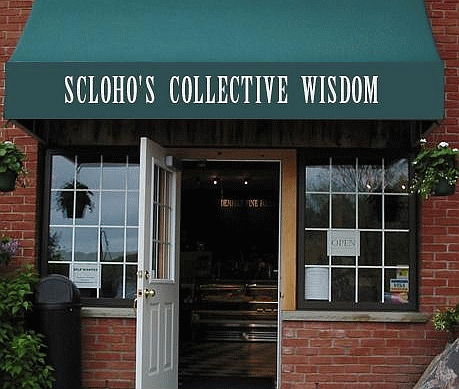
Depending on the specifics of your business, your answer will determine your level of success, not just this year but for years to come.
Here’s more from Mediapost:
Customer-centric marketing puts the customers at the center of marketing; all promotions and messaging flow towards them in the way that is most relevant to them. Marketers put themselves in the customers’ shoes to sell to them better.
While this article talks about marketing, it is really the entire customer experience:
When U.S. consumers were asked about the companies with which they were satisfied, their responses defined the characteristics of a Customer-First company:
- 56% say I consistently have good experiences with it
- 43% say It is easy to conduct business with the company whether online, in person or on the phone
- 35% It doesn’t always try to sell to me but tries to provide value
- 34% Its marketing is not intrusive
- 33% It is respectful of my privacy
And:
Satisfied customers were three times more likely to say the company often or always puts their needs before its business goals than unsatisfied customers did, says the report.
These quotes are from this article.
by Scott Howard | Dec 20, 2016 | Marketing and Advertising Insights, ScLoHo's Collective Wisdom, The Not-So-Secret Writings of ScLoHo
Recently I shared the story of the death of the newspaper industry. It was a combination of a personal story and an article about the financial health and business model of the newspapers that has attempted to stay alive by adapted to our technology driven world. Click here to read it if you care. 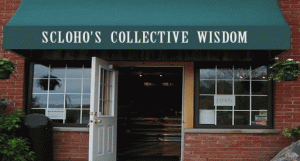
Today, I have more on the Evolution of Traditional Media, and this time it’s about TV. An article published by Mediapost says the Future of TV is Now. (Actually since the article came out 4 weeks ago, I should say the Future of TV was 4 weeks ago.)
I’ve talked about the splintering of audiences numerous times over the years and yet some in the broadcasting world are attempting to hang on to the old models. In Fort Wayne, Indiana we saw an out with the old and in with the new kids shift occur on a couple of the TV stations that shuffled their news departments so much during 2016 that no one knows who’s where, but more importantly does anyone care?
I am officially older than dirt, I guess but now I’m old enough that my gray hair is age appropriate, unlike 30 years ago. But back to the subject of television and our viewing habits. Here’s a few quotes:
The evolution of TV and video habits has meant that traditional user groups, such as the TV Couch Traditionalists, have shrunk by more than 30% since 2010, in favor of user groups such as the Mobility Centric and Screen Shifters.
Who are these groups? TV Couch Traditionalists would have been me as a kid in the 70’s. You watch what’s on when it comes on. You watch in the living room or family room. ABC, CBS, NBC and PBS were the ONLY networks. That expanded over the years with Cable TV, but that cable kept you sitting on the couch.
Mobility Centric and Screen Shifters sprung up when the technology was developed to watch what I want from nearly any source when ever I want.
But beyond these labels, here’s a few more tidbits:
Since 2012, the average consumer has increased their viewing on mobile devices by 4 hours a week, while their fixed screen viewing has declined by 2.5 hours a week. This means that today they spend an extra 1.5 hours watching TV and video than they did 4 years ago.
So traditional tv viewership has dropped by 2.5 hours a week. That’s tough news for broadcast television stations. And if you are advertising on traditional TV, the available audience to see your message continues to shrink. Sure we watch more video but not on the old boob tube as my Dad referred to the tv.
The viewing traditions of TV and media consumers are clearly changing, with the media industry introducing new types of content and formats. Just as the preferences for how to watch TV and video content are changing, so is when and through which screen the content is viewed.
The article points out generational differences comparing those 35 and under to the rest of us and while there are always exceptions, my advice is if you want to reach the millennial generation with your advertising messages, you probably ought to skip traditional TV and look at other online digital and video platforms. Notable exceptions might be certain live sports events, but I can watch those on my laptop, so never mind.
Want help on figuring out the advertising, marketing and media landscape and options that would work best for you? Contact me.







